Must-Have Tools & Kits for Every Homesteader
When September rolls around, gardens everywhere seem to explode overnight. Suddenly you’ve got more tomatoes, cucumbers, peppers, and zucchini than you know what to do with — and the neighbors are starting to duck when they see you coming with another basket. That’s when preserving your harvest becomes the difference between waste and winter-ready abundance.
With the right tools, you can extend the life of your crops, stock your pantry, and enjoy the taste of summer well into the colder months. Here are the top methods every homesteader should know — and the must-have tools to make the job easier.
🥶 Freezing Your Produce
Freezing is one of the quickest and easiest preservation methods. The trick is blanching vegetables first to preserve color, texture, and nutrients.
Tools You’ll Need:
- Blanching Pot with Basket Insert – Makes it easy to dip, lift, and cool veggies.
- FoodSaver Vacuum Sealer – Prevents freezer burn and keeps your food fresher longer.
- Heavy-Duty Freezer Bags – Sturdy enough to handle long-term storage.
💡 Pro Tip: Label everything with the date and contents. You’ll thank yourself in February when all those green bags look the same.
Check out this post for more instructions on Freezing: Preserving the Harvest
🍅 Canning for Long-Term Storage
Canning is the homesteader’s gold standard for shelf-stable food. From jams to pickles to soups, you can preserve almost anything in a jar.
Tools You’ll Need:
- Water Bath Canner – Perfect for high-acid foods like tomatoes, fruits, and pickles.
- Presto 23-Quart Pressure Canner – Essential for low-acid foods such as beans, carrots, and meat.
- Canning Starter Kit – Includes jar lifters, funnels, and lid tools for safe handling.
💡 Pro Tip: Always follow USDA guidelines for canning to keep your pantry both tasty and safe.
Check out this post for more instructions on Canning (Water Bath & Pressure Canning)
🌞 Dehydrating Your Harvest
Dehydrating locks in flavor while reducing weight and space. It’s perfect for fruit snacks, jerky, or storing dried herbs.
Tools You’ll Need:
- Food Dehydrator – Adjustable temperature models are best for different crops.
- Mandoline Slicer – Creates uniform slices for even drying.
- Mason Jars – For long-term, moisture-proof storage.
💡 Pro Tip: Dried foods make excellent lightweight snacks for hiking, camping, or quick winter soups.
Check out this post for more instructions on Dehydrating: Preserving Your Harvest
🥒 Fermentation: Old-School Meets Superfood
Fermenting vegetables like sauerkraut, kimchi, and pickles isn’t just fun — it’s loaded with probiotics for gut health.
Tools You’ll Need:
- Fermentation Crock – Includes weights and airlocks to prevent spoilage.
- Wooden Tamper – Packs veggies down tightly.
💡 Pro Tip: Keep ferments in a cool, dark place and taste-test along the way. They’re done when you like the flavor.
Final Thoughts
Preserving your harvest isn’t just about saving food — it’s about stretching the value of your garden, reducing waste, and living more sustainably. Whether you’re freezing a mountain of green beans, canning tomato sauce, dehydrating apple slices, or fermenting crunchy pickles, the right tools make the process smoother and more enjoyable.
👉 Start small, master one method, and before long you’ll have a pantry that’s a true homesteader’s treasure chest.
Also check out the Preserving the Harvest page
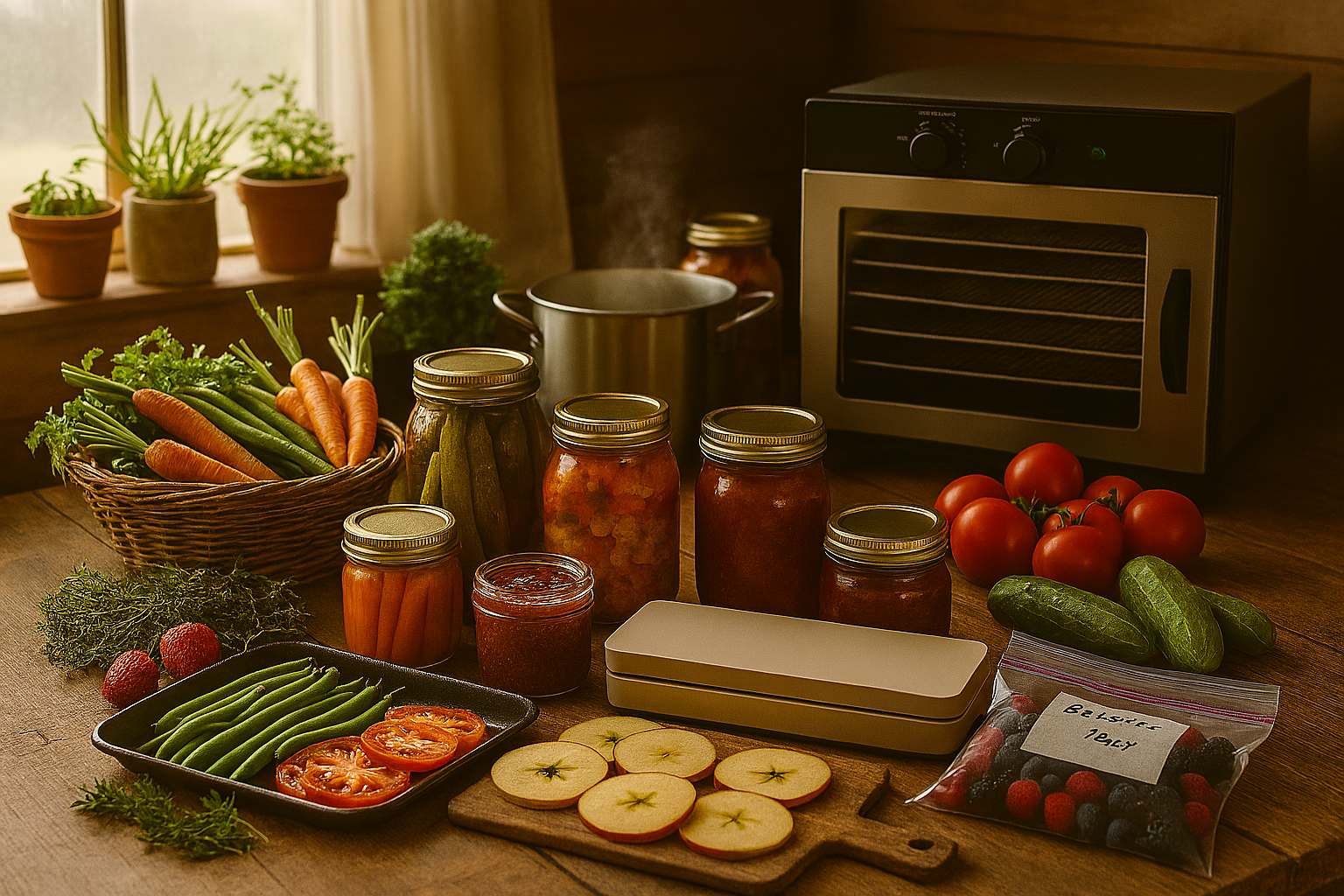
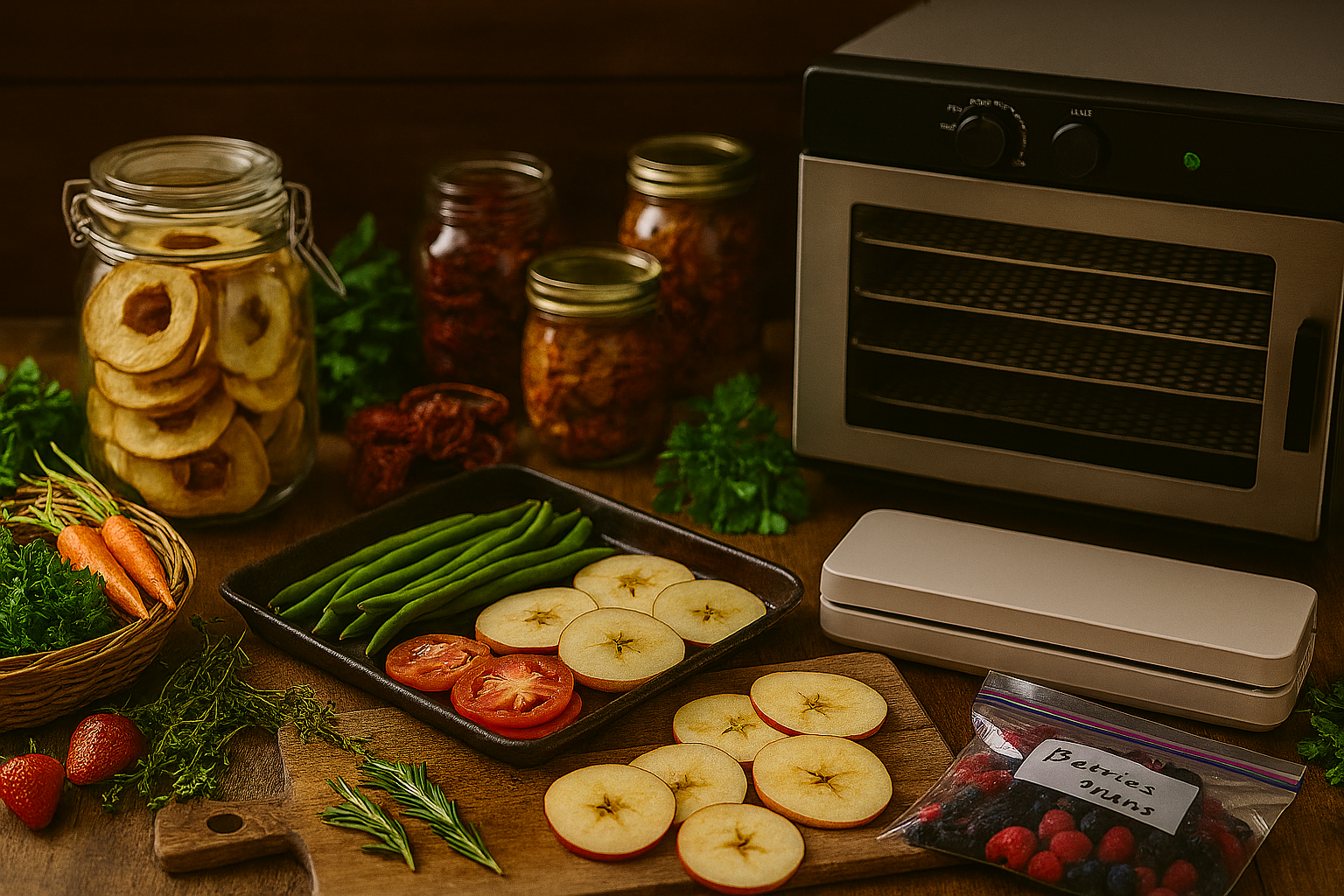
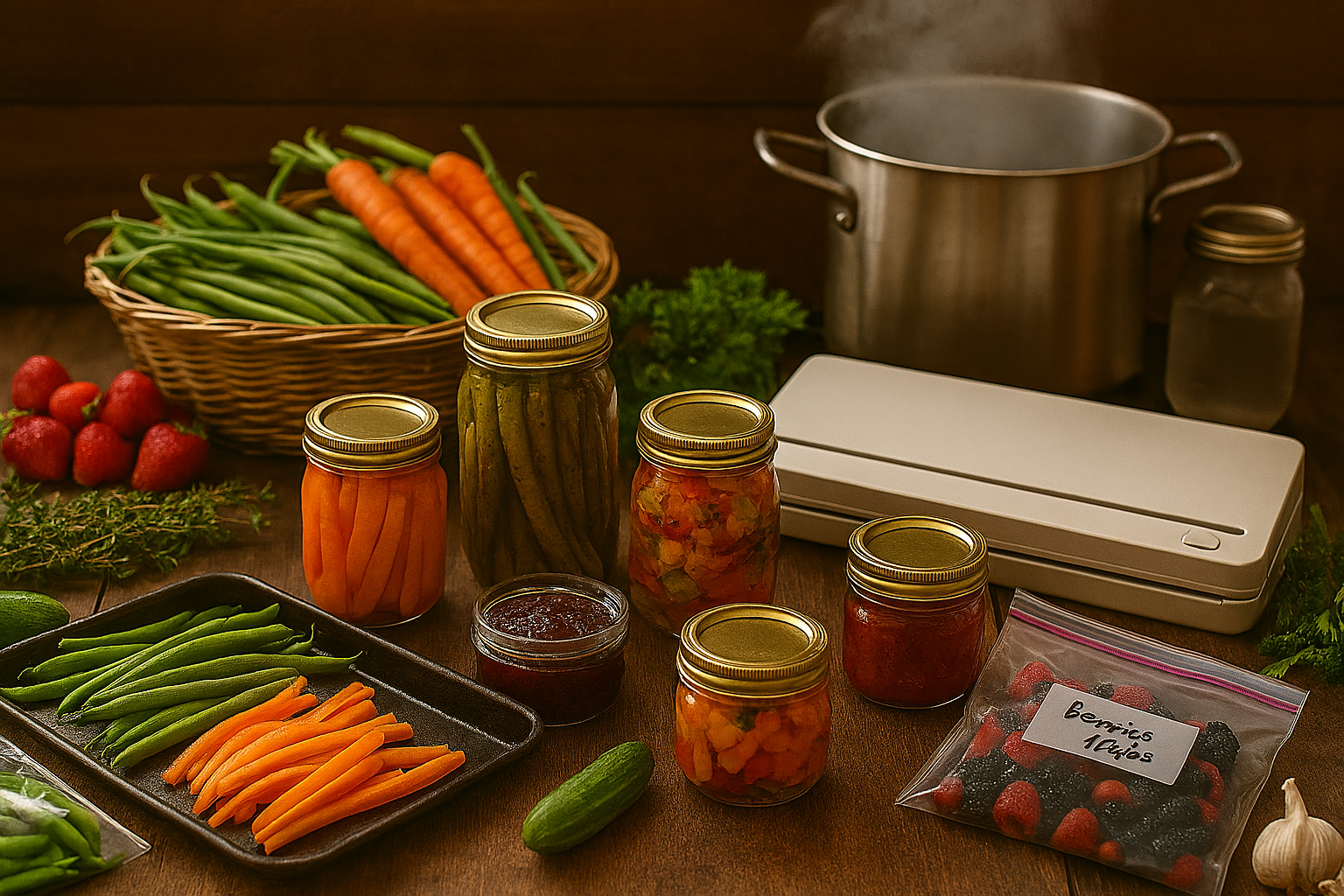
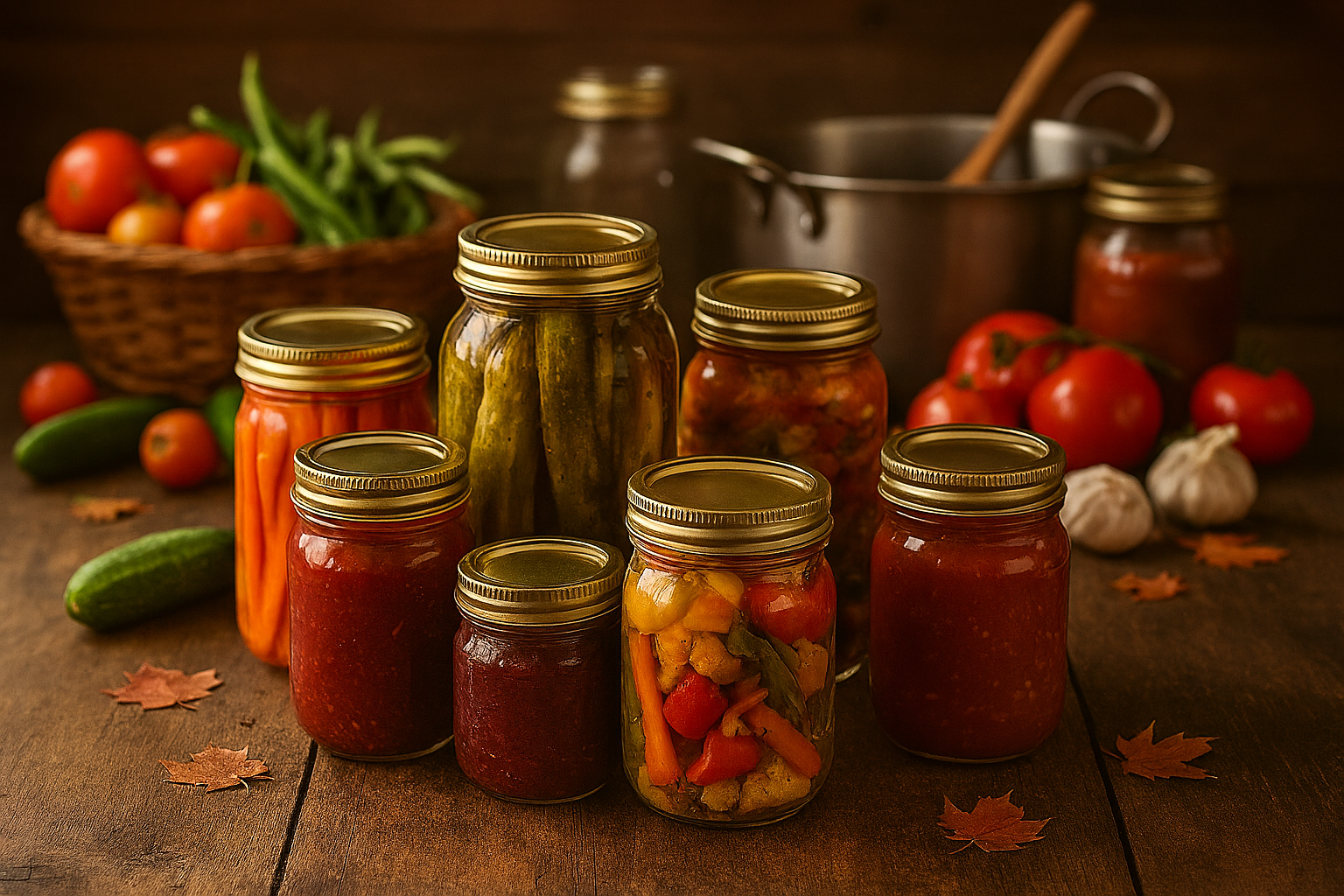
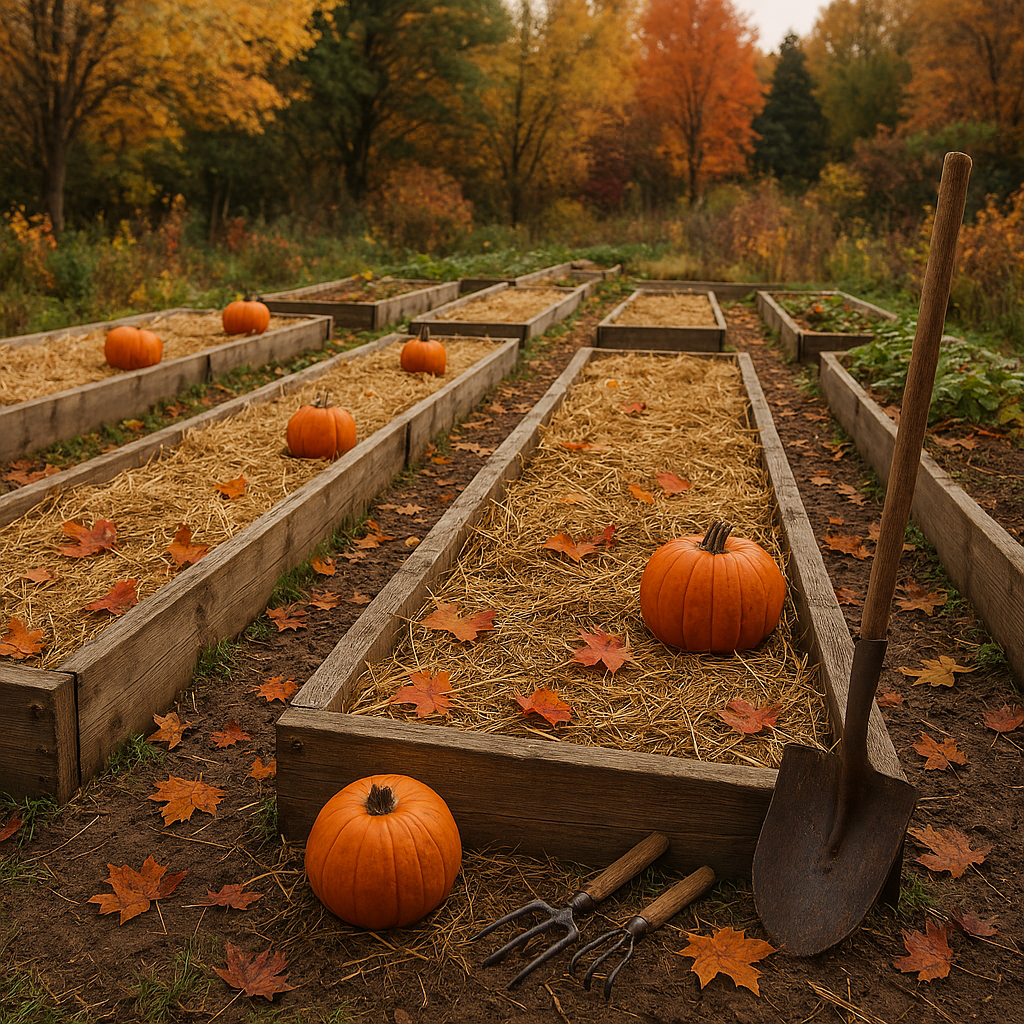
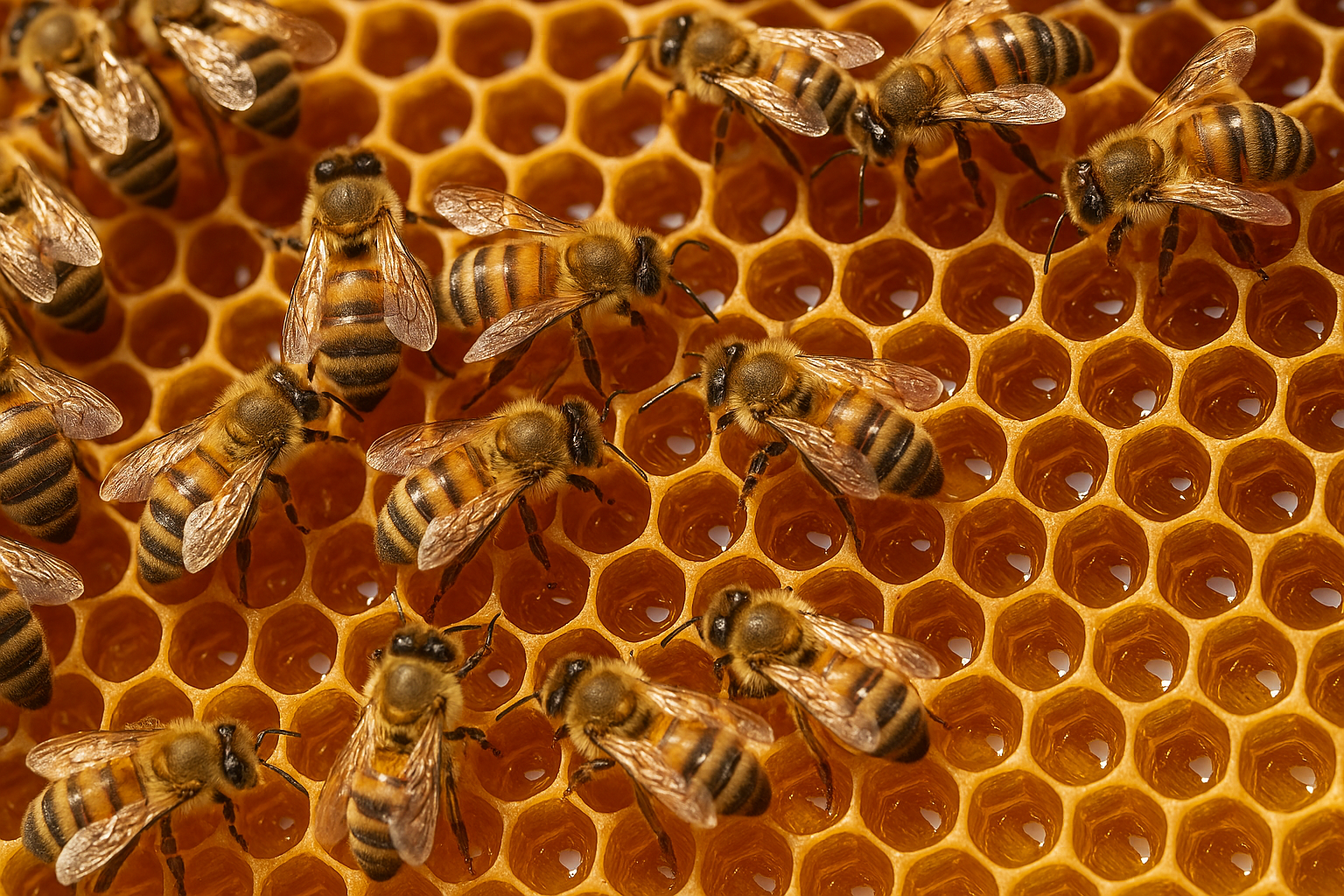
Leave a Reply